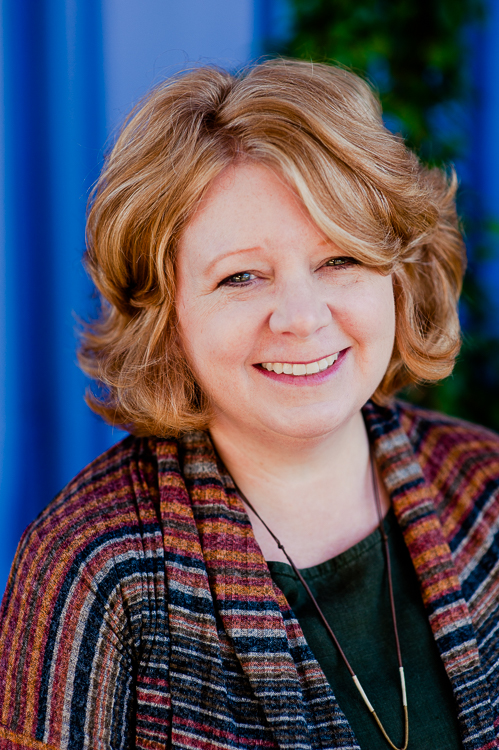Faculty Spotlight with Kelley Robinson

Kelley Robinson, NCIDQ, ASID, LEED Green Associate is a Registered Interior Designer in both Florida and Georgia. She is the Founder and President of Workshop 131, Inc., an architecture and interior design studio located in Tallahassee, Florida. As the newest assistant professor with our department, Kelley brings her vast experience to the classroom.
IA+D: Before joining our department, you studied architecture and co-founded Workshop 131 with your husband. Can you tell us a little bit about your journey and how you ended up pursuing interior design?
Robinson: It started with my undergraduate thesis project at Auburn that involved the revitalization of a train station on Long Island, New York. I had developed an interest in urban planning in architecture school and thought that I might further pursue that direction. Upon graduation, I went to work at Diedrich / Niles Bolton Associates in Atlanta and had the opportunity to be a part of a team that was designing some exciting spaces.
Because we worked on large scale projects and usually had several team members, my project manager would assign specific areas within the spaces for me to develop. I was able to spend time thinking through the materials and the details and started to realize that maybe my design interests had moved more towards a micro-level of thinking. Having this diverse intern experience under my belt, it made sense that I continue down the path of interior design and take the NCIDQ.
We moved to Tallahassee in late 2004, as our family started to grow, and founded Workshop 131, Inc. I enjoyed working with residential clients through the years but obtaining my state license became important because I also wanted to practice in the commercial sector. In 2012, I decided to pursue graduate school and completed my MFA at FSU in 2014. I was eligible for my Florida license and transitioned back into practice where my husband and I ran Workshop 131 until this past year when I started in my new role at FSU.
IA+D: Congratulations on your new position as assistant professor! In addition to your role as an educator, you are also tasked with developing research. Although it is early in the decision-making process, would you share what you are interested in pursuing?
Robinson: Thank you! I am thrilled to be a part of this wonderful institution! My intended research originates from my observations during the 2019 legislative session. I noticed that many registered interior designers spoke to the frequency in which they were signing and sealing permittable drawings, but there was no repository where we could capture how many projects were being submitted statewide, their associated construction costs, and their potential impact for growth to our overall economy. My goal is to develop a new database that would allow interior designers to self-report project-related information that we could assimilate and further use as a mechanism for delivering data to our lawmakers. I hope that once the platform is established in Florida, it can become a shared tool for other states that need to source this type of information.
IA+D: As President of the ASID Florida North Chapter and a legislative advocate for the design community across Florida, what do you find most encouraging about the state of our profession?
Robinson: Yes, unfortunately, Florida has experienced potential deregulation efforts over the last several years. However, it has been encouraging to see interior designers working in all market sectors make trips to the Florida State Capitol to speak about how their work positively impacts lives. At one of the hearings, I remember being impressed by the job diversity among those that were speaking. Health care, aviation, institutional, and retail were just some of the sectors represented. There was even someone present from the Navy who spoke to the importance of the role that interior designers play on projects at the federal level.
Our clients see the value in the type of services we perform for them. We need to continue the conversation with legislators and help them gain a better understanding of how our efforts contribute not only to the health, safety, and welfare of the public but to our state and local economies.